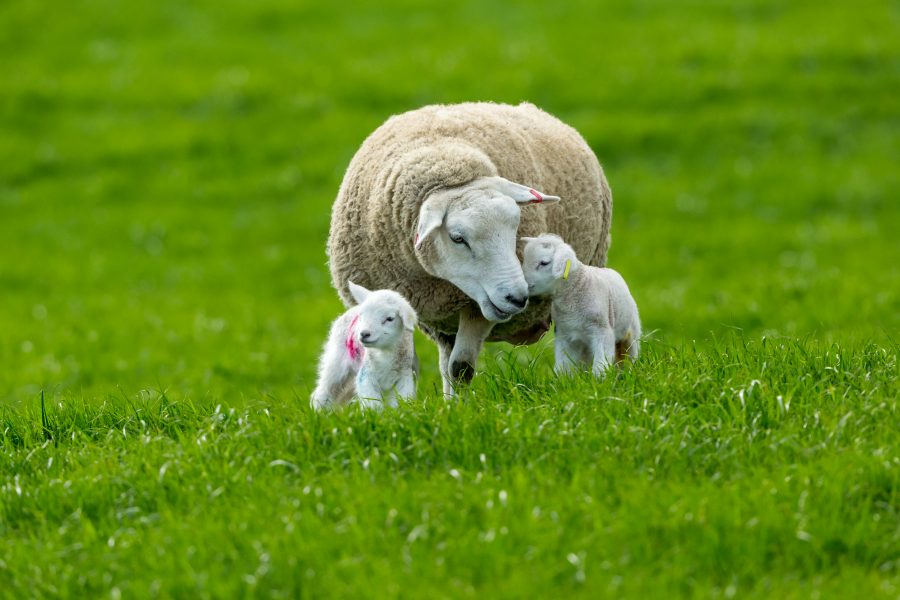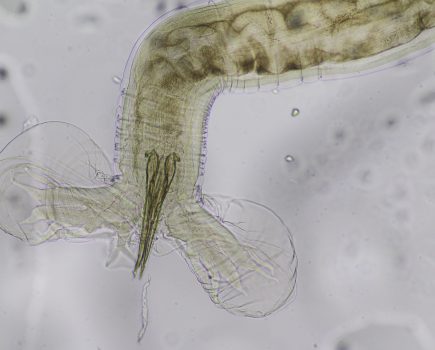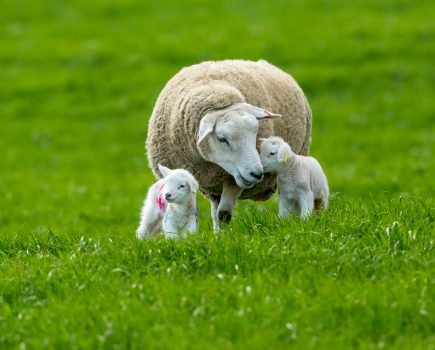Farmers are being urged to optimise ewe nutrition to ensure as many healthy lambs are born as possible next spring.
The advice from Wynnstay’s national sheep and beef specialist, Bryn Hughes, comes after early scanning shows rates are 20 to 30% lower than normal following grass shortages due to the drought.
Mr Hughes says high input costs and low scanning percentages could leave farmers tempted to cut out feed in the run up to lambing, but this could do more damage than good.
“While there’s not much that can be done about scanning percentages now, you can work to keep the lambs you’ve got,” says Mr Hughes.
He adds that after scanning have a month’s window to increase BCS without causing problems at lambing from overly large lambs.
“Therefore, a good starting point is to body condition score (BCS) ewes now, taking extra care of thin ewes by offering supplementary feed for one month after scanning,” he says.
“Proactive management of ewes is essential to retaining lambing percentages and making sure that ewes lamb in good condition with plenty of high-quality colostrum.”
“Your aim is to lamb lowland ewes at a body condition score of 3.5 and hill ewes between 2.5 and 3,” he says.
“An increase in BCS of 1 is equivalent to a 10% increase in bodyweight, so this is a big ask for thin ewes.”
Mr Hughes recommends that farmers split ewes into management groups after scanning, with thinner ewes and those carrying twins marked for special treatment.
“These can be fed supplementary concentrate feed, fodder beet, or extra forage.” Mr Hughes suggests that blocks can also be beneficial.
“Farmers can offer half a kilo of concentrate feed to each ewe every day,” he adds.
“Reaching target body condition score at lambing will result in better colostrum quality, increased milkiness, and better survivability.”







